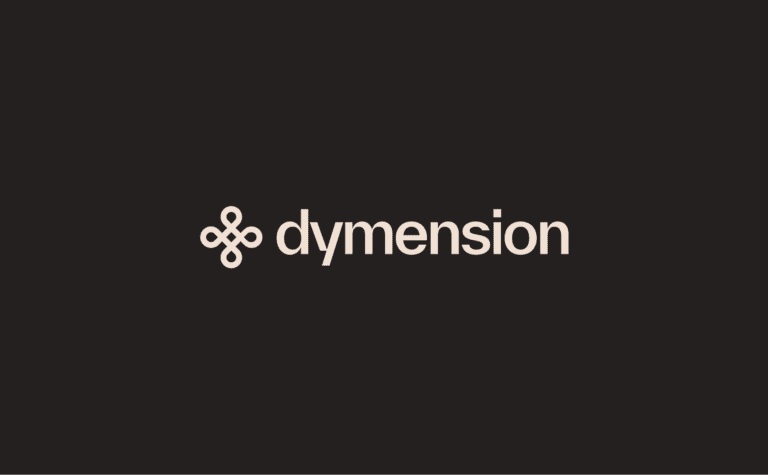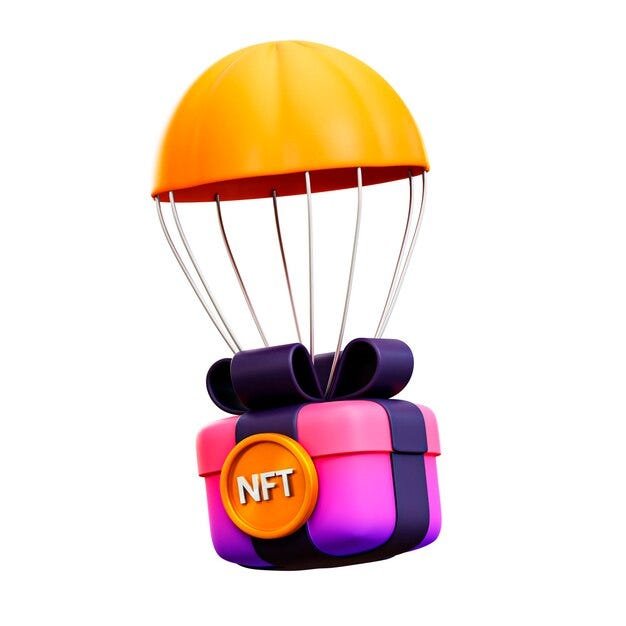Polkadot
Polkadot is a next-generation blockchain protocol that connects multiple specialized blockchains into one unified
network. It aims to solve the issues of scalability, specialization, interoperability, and governance in the
blockchain space. Polkadot enables blockchain networks to process transactions on several chains in parallel
(scalability), allows each blockchain to have a novel design optimized for a specific use case (specialization),
offers interoperability and cross-chain communication, and allows communities to govern their network as they
see fit.
Polkadot Ideas and Conceptualization:
The idea of Polkadot was conceived by Dr. Gavin Wood, one of the co-founders of Ethereum, with the vision of creating a scalable, interoperable, and decentralized multi-chain platform. The concept of Polkadot revolves around enabling different blockchains to connect and communicate with each other, allowing them to share
information and assets securely.
Team behind Polkadot Ecosystem
The Web3 Foundation is partnering with best-in-class entities to build Polkadot and foster the development of the services and applications that will run on it. Here are some key members of the team:
• Dr. Gavin Wood: Dr. Gavin Wood is a co-founder of Ethereum and the founder of Polkadot. He invented fundamental components of the blockchain industry, including Solidity, Proof-of-Authority consensus, and Whisper. At Parity, Gavin currently leads innovation on Substrate and Polkadot.
• Robert Habermeier: Robert Habermeier is a Thiel Fellow with a research and development background in blockchains, distributed systems, and cryptography. A longtime member of the Rust community, he has focused on leveraging the language’s features to build highly parallel solutions.
• Peter Czaban: Peter is the Technology Director of the Web3 Foundation, where he works on supporting the development of the next generation of distributed technologies. He obtained his Masters of Engineering degree at the University of Oxford, reading Engineering Science where he focused on
Bayesian Machine Learning.
In addition to these key members, researchers from Inria Paris and ETH Zurich, developers from Parity
Technologies, and capital partners from crypto-funds such as Polychain Capital are all working together to
develop a superlative realization of Web3, with Polkadot at its core.
Registration and Headquarters:
The Polkadot project is overseen by the Web3 Foundation, which is registered in Zug, Switzerland. Zug is known
for its crypto-friendly regulatory environment, making it an attractive location for blockchain projects. The
foundation’s headquarters are based in Zug, and it collaborates with developers and contributors from around the
world to build and improve the Polkadot ecosystem.
Tokenomics For Dot
• Dot Allocation: Polkadot’s native token is DOT. The initial token distribution of DOT was 3.42% allocated to Private Sale Investors, 5.00% allocated to SAFT Investors, 50.00% allocated to Auction Investors, 11.58% allocated to Future Sales, and 30.00% allocated to Web 3 Foundation. Polkadot does not have a capped maximum supply, and rewards are distributed via the protocol’s staking mechanism.
Dot Supply Schedule: The launch of Polkadot v1 began in May 2020 with the Relay Chain Genesis Block and finished in December 2021 with the launch of parachains. Polkadot does not have a capped maximum supply, and rewards are distributed via the protocol’s staking mechanism. The supply of DOT is expected
to reach 1.5b tokens by Jan 2025.
Course Curriculum
Introduction To Polkadot
Polkadot is a next-generation blockchain protocol that connects multiple specialized blockchains into one unified
network. It aims to solve the issues of scalability, specialization, interoperability, and governance in the
blockchain space. Polkadot enables blockchain networks to process transactions on several chains in parallel
(scalability), allows each blockchain to have a novel design optimized for a specific use case (specialization),
offers interoperability and cross-chain communication, and allows communities to govern their network as they
see fit.
-
00:00
-
00:00
-
00:00
-
00:00
-
00:00
-
00:00
Dot The Token
Basic Overview
Name: DOT
Blockchain: Polkadot Network
Purpose: DOT is the native cryptocurrency token of the Polkadot network, integral to its functioning and governance.
-
00:00
-
00:00
-
00:00
-
00:00
Student Ratings & Reviews






